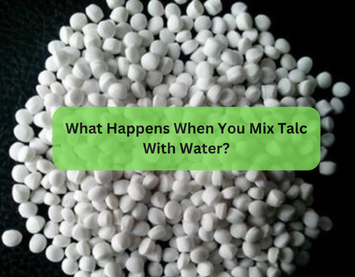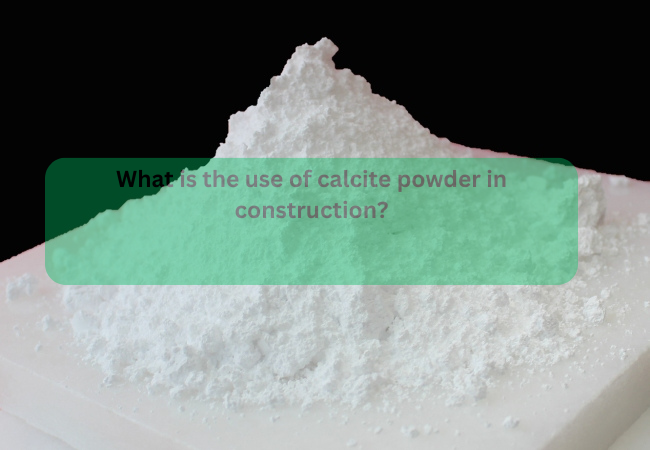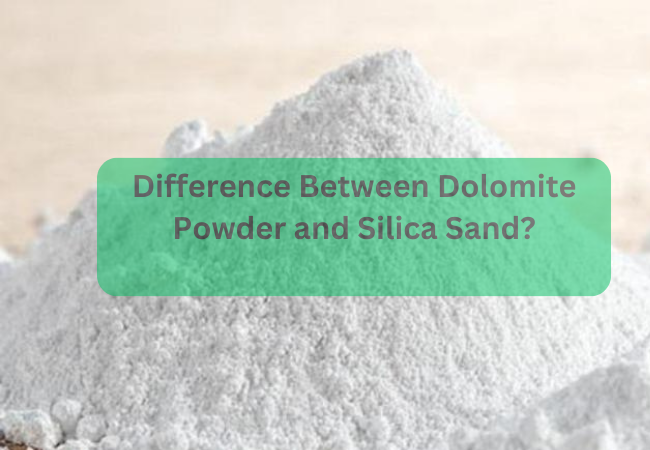- ISO 9001:2015 Certified Company
- +91-9672985402
- info@vasundharamicron.com
What Happens When You Mix Talc With Water?

What is Talc in Polymer?
July 10, 2023
How is Talc Mined Extracted?
July 24, 2023Talc powder, renowned for its versatile properties, finds its applications in various industries, including cosmetics, pharmaceuticals, and plastics. One specific use of talc powder lies in the creation of Filler Masterbatch, where it acts as a critical component. In this blog post, Vasundhara Micron will delve into the intriguing world of talc powder and its interaction with water, shedding light on the fascinating phenomena that occur when these two substances combine.
Talc Powder: An Overview
Talc powder, composed primarily of hydrated magnesium silicate, possesses unique physical and chemical properties. It is renowned for its softness, lubricity, high thermal resistance, and excellent chemical inertness. These qualities make it an ideal choice for numerous applications, including its use as a filler in masterbatch formulations.
Interaction of Talc Powder with Water
When talc powder is mixed with water, a series of phenomena take place, influencing both the physical and chemical properties of the mixture. Let us delve into the details of these interactions.
Dispersibility and Suspension: Upon adding water to talc powder, the fine particles tend to disperse and suspend within the liquid medium. Due to the hydrophilic nature of talc, water molecules adhere to the surface of talc particles, creating a suspension. This phenomenon results in a cloudy appearance, as the suspended talc particles disperse throughout the water.
Swelling and Gel Formation: Talc powder has the propensity to swell upon contact with water. This swelling is due to the absorption of water molecules by the layered structure of talc particles. As water penetrates the interlayer spaces, it causes an expansion, resulting in the formation of a gel-like substance. The gel structure retains water within its network, giving rise to a viscous consistency.
Rheological Properties: The addition of talc powder to water significantly affects the rheological properties of the mixture. The viscosity of the water increases as the talc particles disperse and form a gel-like structure. This change in viscosity can be attributed to the interparticle interactions and the formation of hydrogen bonds between water molecules and the surface of talc particles.
pH Influence: Talc powder itself is chemically inert, meaning it does not undergo significant chemical reactions in water. However, the pH of the water may influence the stability of talc suspensions. Higher pH levels can result in the precipitation of talc particles, leading to the formation of sediment. On the other hand, lower pH levels promote the stability of talc suspensions.
Applications in Filler Masterbatch
Talc powder plays a pivotal role in the production of Filler Masterbatch, where it acts as a filler material. Talc powder for Filler Masterbatch is widely used in the plastics industry to improve the mechanical properties, reduce costs, and enhance processability of plastic products. When talc powder is mixed with water during the masterbatch manufacturing process, it aids in the dispersion and distribution of other additives, reinforcing the final product's properties.
Conclusion
The interaction between talc powder and water unveils a multitude of intriguing phenomena. From the dispersion and suspension of talc particles to the formation of gels and the alteration of rheological properties, each step in this process contributes to the overall behavior of the mixture. Understanding these interactions is crucial, particularly when employing talc powder in applications such as Filler Masterbatch.
Talc powder, with its unique properties, continues to be a valuable resource in various industries. The combination of talc powder and water presents a dynamic system with implications for diverse fields, ranging from material science to manufacturing processes. By comprehending these interactions, scientists and engineers can unlock new possibilities for utilizing talc powder in innovative and sustainable ways.




